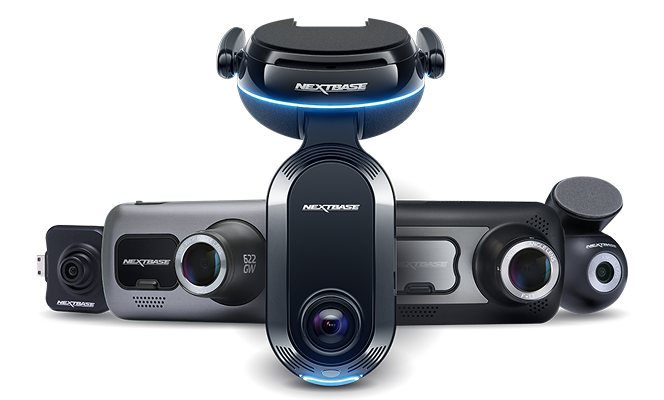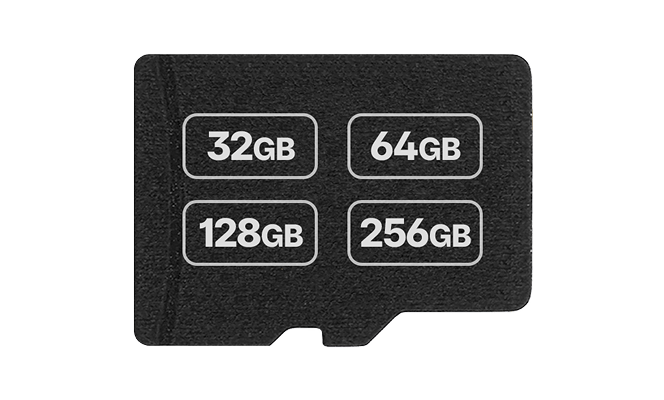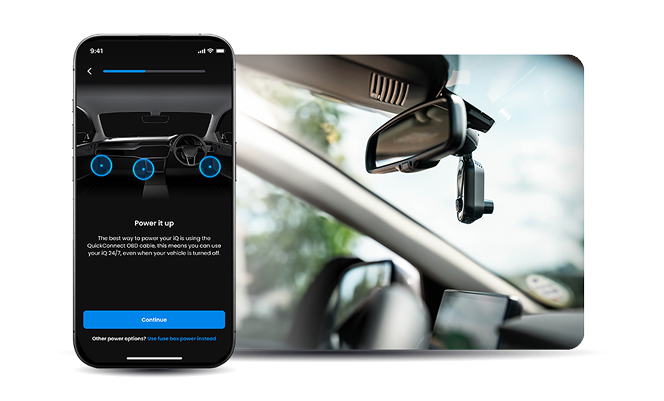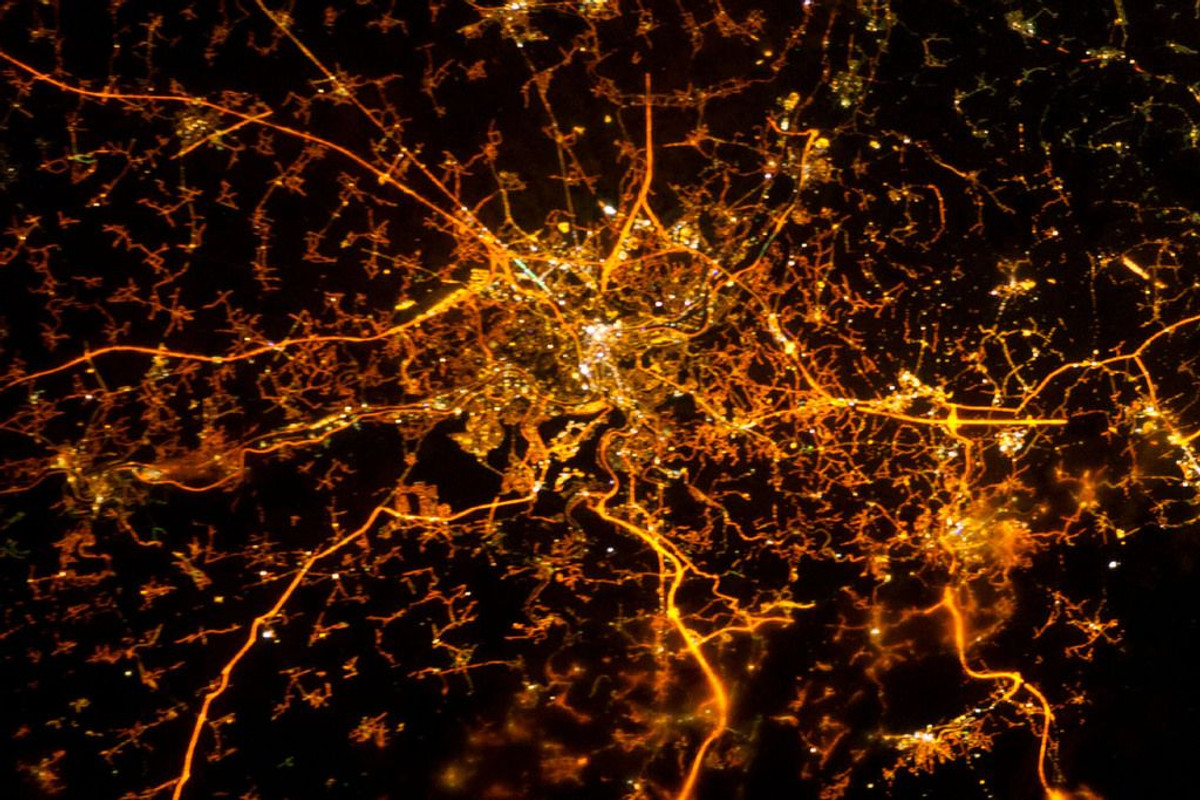David Williams, national motor journalist and road safety award-winner
We were staying in the Cotswolds and we drove to a remote country pub for dinner. On the way back, at night, thick fog had totally enveloped the twisting A436, so I’d slowed to a crawl. Suddenly, we were confronted by what at first appeared to be a trick of the fog; an abrupt ‘wall’ right across our carriageway, just feet away.
I braked hard and swerved around what turned out to be a big old tree that – seconds before – had fallen across the road. We quickly alerted the police, who contacted the council… who sent a team of chainsaw-wielding workmen out.
The incident came to mind when I read recently that, according to Department for Transport figures, 558,000 of Britain’s 5.7 million street lights are now being turned off at night – an eightfold increase on 2010 – while councils now dim 797,000 lights compared with 70,000 in May 2010.
Of course driving along a pitch black road isn’t as dangerous as one shrouded in fog, and modern cars mostly have great headlights. But both environments can throw up nasty shocks and the added warning motorists get from a properly illuminated highway is incalculable. That’s why the lights were put there in the first place – and that’s why certain, potentially dangerous sections were chosen by engineers for extra illumination.
Driving by headlights alone is perfectly acceptable on many roads but it still strains the eyes and it gets harder the older you become – that’s why, according to research from the Institute of Advanced Motorists, some elderly motorists give up driving at night altogether.
The compelling need for decent street lighting was recently highlighted when a coroner blamed a council’s decision to turn off lights, for the death of a woman who was knocked over and killed on her way home, as she walked along a rural A-road in Wiltshire at 2am.
The A361 was in complete darkness at the time because the county council decided three years earlier to switch off street lights after midnight – to save £300,000 a year. The coroner said it would have been ‘impossible’ for motorists to avoid the mother of five because of the ‘lack of street lighting’.
It’s a tragic story, underlining police data published last year, showing that night time road deaths had increased by 39 per cent in four years from 2009 after lights were switched off, with serious injuries up 27 per cent and minor injuries up 19 per cent.
If a driver can’t see in the dark, how is a dash cam meant to do it? Many aren’t fitted with sophisticated chips that enable night time recording for such incidents as mine. But Nextbase – of all manufacturers – have made night time recording a real goal by making sure the most popular products have the very best technology to capture crystal clear night footage.
What can Britain’s 30 million drivers learn from this? If you’re worried about poor lighting on a road, complain to the local council and see if they will re-think, before there’s an incident. If they won’t, approach your MP, and gather local support.
Above all, go back to basics and follow the advice you were given when you learned to drive; always trim your speed so that you can stop within your field of vision.
And if you decide to protect yourself in the eventuality of an incident by buying a dash cam, read the reviews and choose one that works well at night too. On unlit roads.









